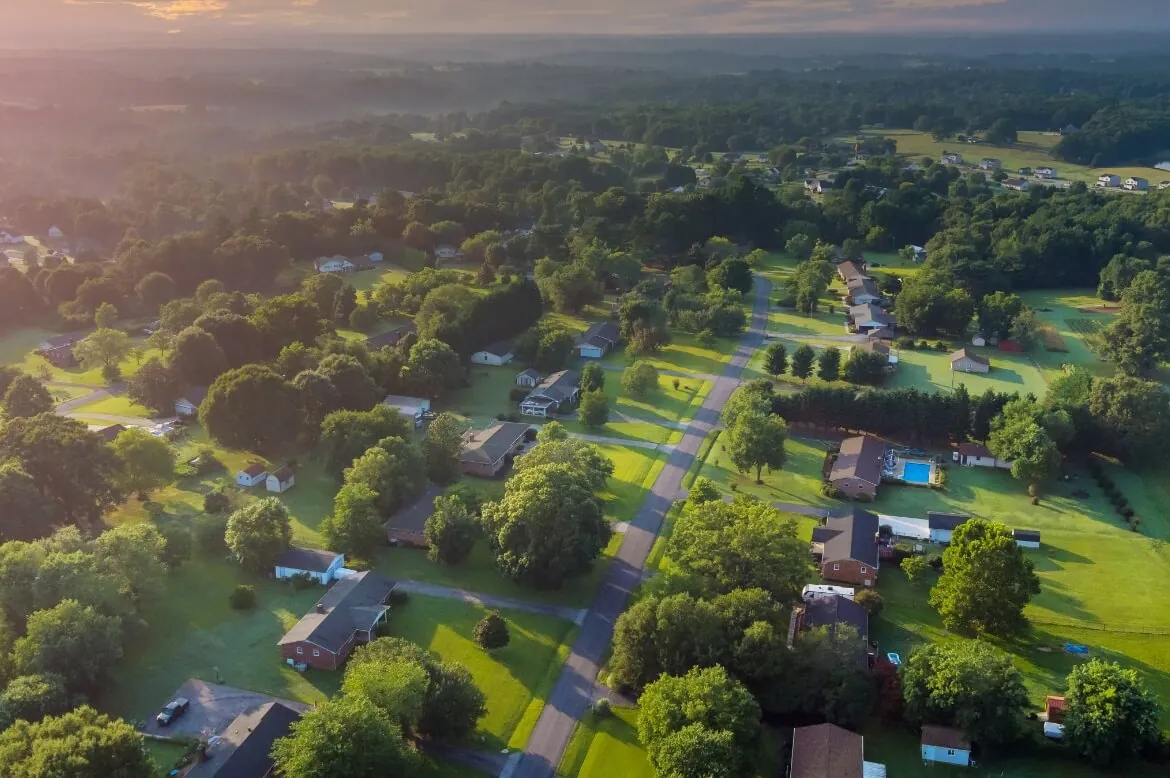Reading Time: 4 minutes
When the government or a utility company contacts you about “access” to your property, they may not be trying to take it outright. Often, they’re seeking an easement—a limited right to use part of your land for a specific purpose. But don’t let the word “easement” fool you. These takings can still affect the value, usability, and privacy of your property. And in Florida, even limited rights-of-way must meet strict legal standards and come with full compensation. Here’s what every property owner needs to know about easements in the context of eminent domain.
What Is an Easement in Eminent Domain?
An easement allows the government or another authorized entity to use part of your land without owning it. In the eminent domain context, easements often relate to:
- Power lines or utility corridors
- Water and sewer infrastructure
- Drainage or slope stabilization
- Access for maintenance or public use
- Temporary construction needs
These may sound minor, but the impact on your property can be significant, especially if the easement limits how you use the land or disrupts access or aesthetics. Florida law requires that even for an easement, the condemning authority must prove that the taking serves a valid public purpose and is reasonably necessary. Easements acquired through eminent domain are still takings and must comply with Article X, Section 6 of the Florida Constitution.
Temporary vs. Permanent Easements
Easements can be temporary or permanent, and the distinction matters.
- Temporary easements are typically for construction staging, access during utility installation, or short-term use.
- Permanent easements grant long-term or indefinite use rights—often for infrastructure that will remain in place for decades.
Even temporary easements must be carefully described. The government must state how long the easement will last, what access is required, and what activities will occur. Vague or open-ended language can become a legal problem later. Under § 73.071(3)(a), compensation for temporary easements must reflect the fair rental value of the land during the period of use, plus any damage caused by construction or disruption.
You Are Still Entitled to Full Compensation
Just because the government isn’t taking full title doesn’t mean you are owed less. If the easement interferes with the property’s use, marketability, or value, you are entitled to be compensated for that loss. Compensation for easements may include:
- Fair market value of the rights taken
- Severance damages to the remainder of the property
- Costs of relocating access roads, fencing, or structures
- Reduced land value due to aesthetics or use restrictions
- Engineering, legal, and appraisal fees if you prevail in court
These rights are reinforced in Florida Department of Transportation v. Armadillo Partners, Inc., 849 So. 2d 279 (Fla. 2003), where the court confirmed that compensation must include all measurable loss from the taking—even when the government does not take title.
Common Issues with Easement Takings
Easement takings often appear more routine than they are. But problems frequently arise around:
- Scope creep – Where the government uses more land or for longer than originally stated
- Imprecision – Vague easement descriptions that allow unclear or unlimited uses
- Severance damage – The remainder of your property becomes less functional or marketable
- Access disruption – You lose direct ingress/egress during or after construction
- Use restrictions – You’re blocked from building over the easement area, reducing development potential
All of these are compensable—but only if identified and proven with expert evidence.
Negotiating Easement Terms Before Trial
Because easements can be crafted narrowly or broadly, negotiation is critical. Landowners should push for:
- A clear description of use
- Defined access points and construction areas
- Time limits for temporary easements
- Restoration requirements
- Restrictions on intrusive activities (e.g., above-ground structures, regular vehicle access)
In many cases, early legal involvement can reshape the terms before they become final—without going to trial. But if trial is necessary, the court will evaluate both the scope and the impact to determine compensation.
Conclusion
Easements may seem less invasive than full takings, but they carry real risks. Whether temporary or permanent, they can reduce your property’s value, interfere with its use, or change how future buyers see it. Florida law treats these access rights seriously. And so should you. If the government is asking for “limited” access to your property, it’s time to ask detailed questions—and prepare for a process that could affect far more than just a strip of land.
Disclaimer: This article is for informational purposes only and does not constitute legal advice. Reading this article does not create an attorney-client relationship. Past results do not guarantee future outcomes.
